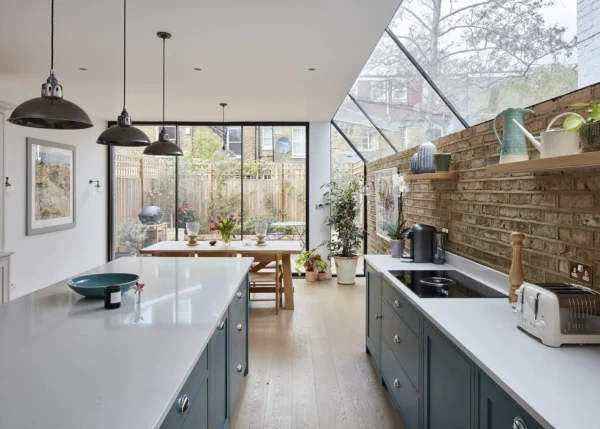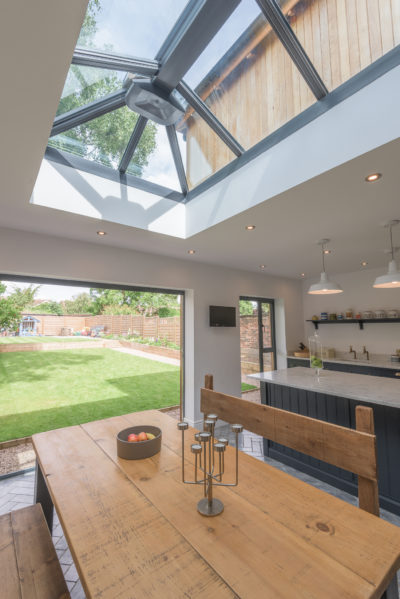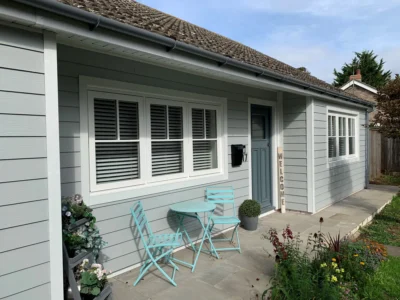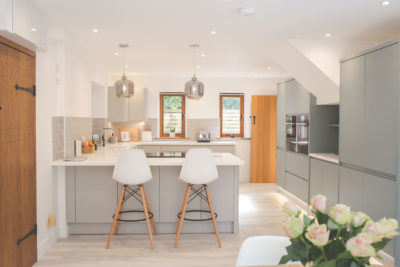12 Tips for Renovating on a Budget
Whether you’re renovating on a budget of £50,000 or £500,000, preparing properly is one of the keys to success.
While it might be tempting to charge in and get started as soon as possible, doing your homework and spending plenty of time at the planning phase can help save you money later on.
Here are 12 tips to help you get the best possible result.
1. Understand the fabric of the building
Getting to grips with the unique quirks of the house before you tackle any renovation work is vital. This is particularly true if you are refurbishing a period property (where there are bound to be unknowns).
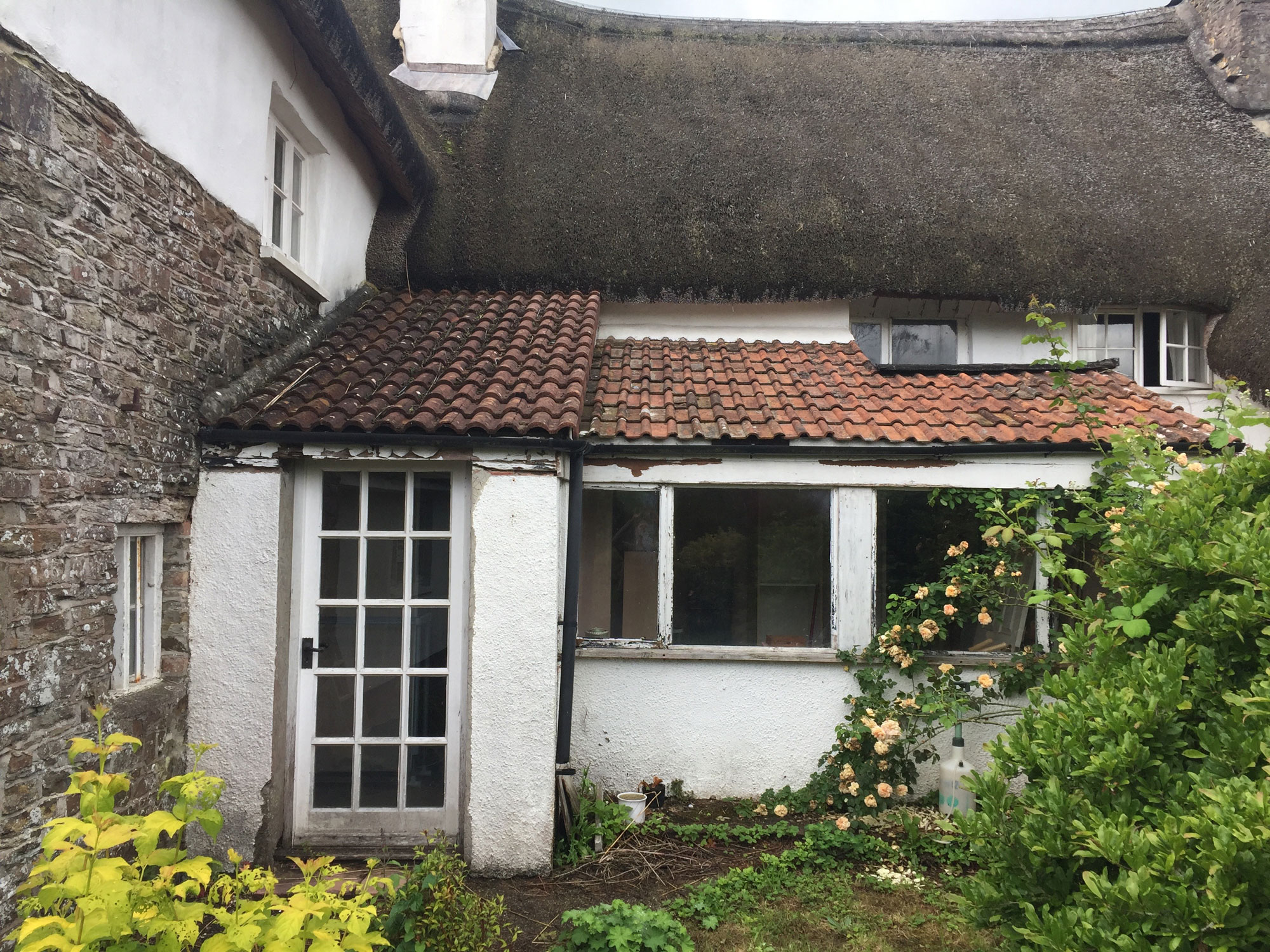
In this blog post, Build It expert Alan Tierney learns more about the materials used in his period home, and how he can best tackle his renovation with this in mind
The current condition of the building can have a significant influence on the way you allocate money in your budget.
“One home may require substantial structural work while another only needs cosmetic alterations,” says architect Adam Knibb.
2. Employ a design professional
Although it might seem like engaging a designer adds to the list of outlays at the beginning bringing an expert on board will ultimately help you to maximise the funds you have available.
Their years of training and experience mean your chosen professional can contribute clever ideas that you’re unlikely to have considered.
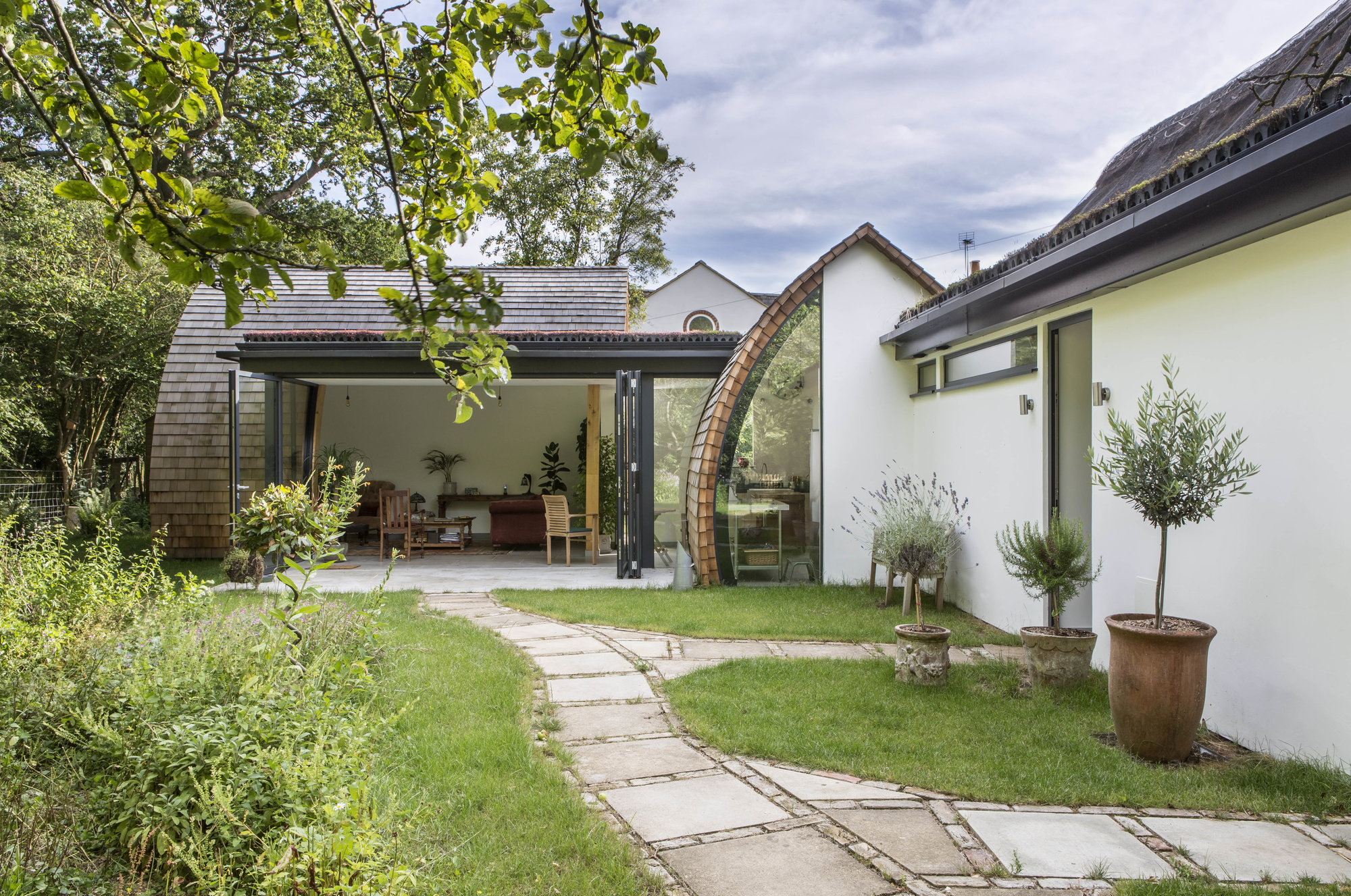
This stunning renovation was designed by the team at Lynn Palmer
“Developing a clear and defined brief with your architect allows them to put a plan into place,” says Adam. “Each stage can highlight opportunities for saving money, as well as foreseeing potential issues that could waste the client’s budget on unnecessary work.”
Read more: Why use an Architect
3. Identify your renovation goals
By clarifying your aspirations at the start of the scheme, you ensure your cash is spent appropriately. When you have a clear set of priorities, you’re less likely to waste your pennies on unnecessary features.
“It’ll allow you to cut any works that are subservient,” says Amos Goldreich, a director at Amos Goldreich Architecture. “Balancing the budget and directing it towards the aspects that are important to your overall goal is the key to renovating with limited funds.”
4. Get the right house surveys done
Taking your time over this stage will allow you to uncover all of the works that may be required. This saves you money on unforeseen costs later on.
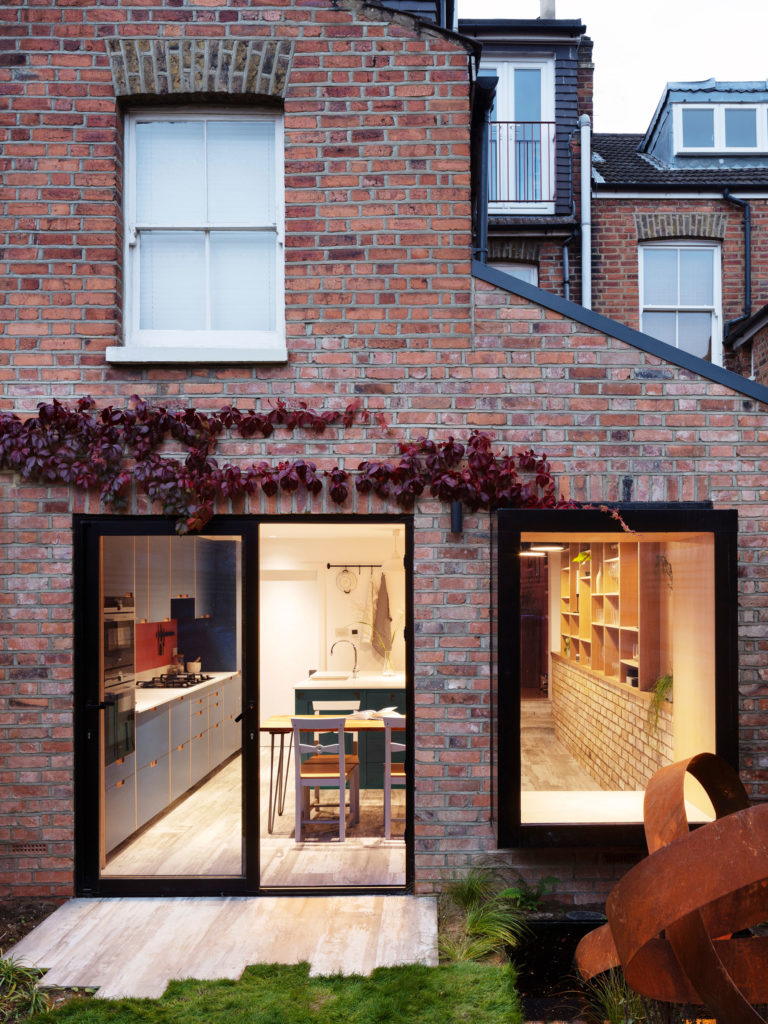
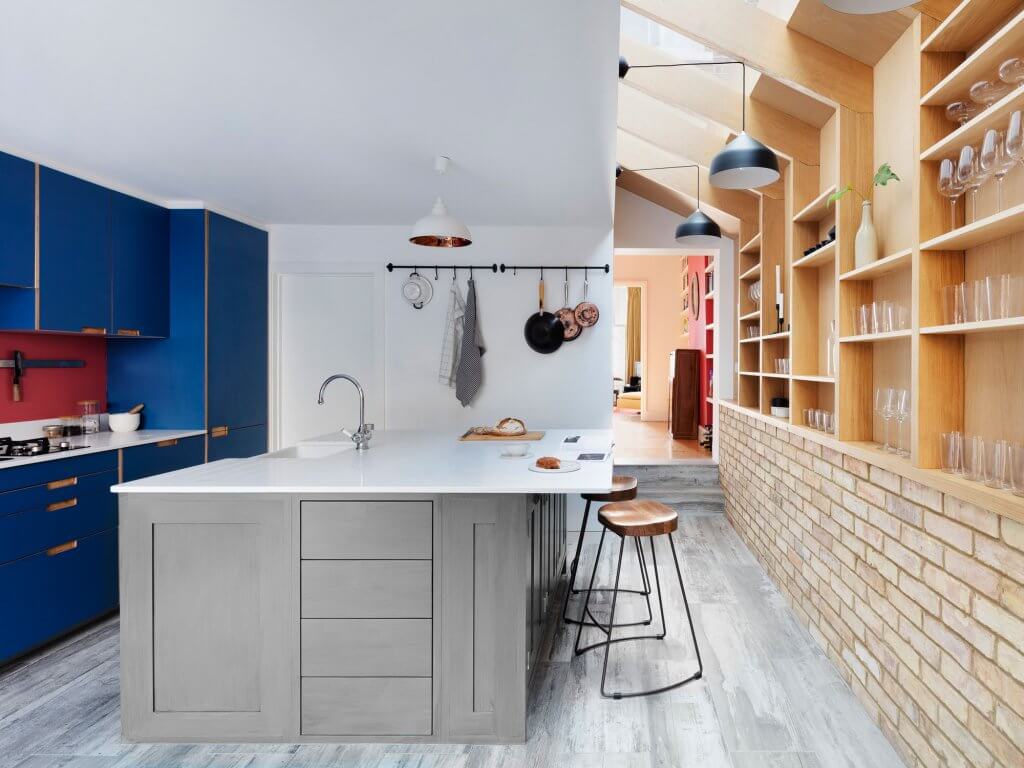
“Measured building surveyors can provide you with a full set of drawings of the existing property that’ll allow you to tick off the key elements that need to be considered,” says Adam.
Even on a modest renovation or extension, if the scheme requires planning permission, you may be required to conduct flood risk assessments, aboricultural surveys or even ecological evaluations – your architect will be able to advise on this.
“In all sorts of homes, both period and new, we often find damp to be a major problem that goes undetected until work starts,” says Amos. “If renovators suspect this could be an issue, carry out a damp survey at the outset of the project. Building fabric investigations may also be required if you’re refurbishing a heritage dwelling.”
5. Unknown building costs
Working with an experienced architect or contractor will help you avoid unexpected outlays that might pop up throughout the course of a project.
Even then, it’s wise to set aside a healthy contingency budget (ideally at least 15%; more for conversions) just in case.
“Identifying the costs imposed by the property’s locality, condition and historic use – to name a few – should help you put a checklist together to minimise any surprises,” says Adam.
6. Get multiple build quotes
Obtaining a selection of quotes from reputable contractors can help you find a builder who understands your vision and your requirement to work within a strict budget.
“Before you go out to tender, make sure you have detailed plans and a clear scope of works,” says Melanie. “Then, ensure you offer exactly the same information to each contractor to get like-for-like quotes.”
Be wary of simply employing a company because it quotes cheaper than others. Having spent time putting together a detailed brief, you’ve got to wonder why one firm can deliver the work for substantially less money. If you have an architect or other consultant on your team, they may be able to help you choose the right partner.
7. Become the project manager
Taking on this role yourself can save money – but don’t underestimate what’s involved. Think objectively about whether you have the time and expertise to manage the work.
If you’re refurbishing one or two rooms then things should be relatively straightforward – but if you’re gutting and doing structural upgrades, you might not be best-suited to run the scheme.
“Prior experience is ideal,” says Melanie Clear from Clear Architects.
“You will need to educate yourself. Before you start, learn as much as you can about what the works will entail. The important part is to price everything. Many renovations go wrong or run out of money because ballpark costs have been unrealistic, and the scale of works is greater than envisaged.”
8. DIY renovation
Tackling some of the refurbishment work yourself is a great way to save pennies. Basic tiling, decorating and even sanding floors are all within the capabilities of the competent DIYer.

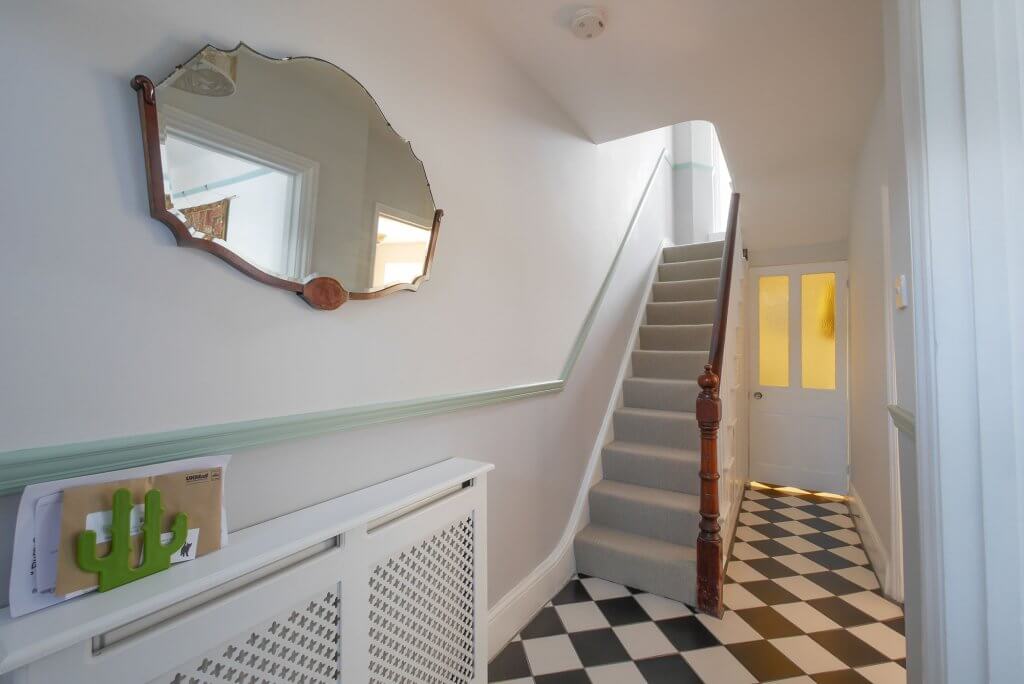
If you’re keen to get stuck into some of the more specialist jobs, a lot depends on your experience.
“I’d strongly advise against taking on plumbing, electrical or structural work, unless you have appropriate qualifications – no matter how straightforward it looks,” says Melanie.
9. How much will the renovation cost?
It’s not unusual for costs to creep up over the course of a project. This is especially true for renovations, as you can’t be 100% certain of what lies beneath the finishes.
The other classic issue is upgrading the specification on site: do this in a handful of areas, and suddenly you’re spending £1,000s more.
While your contingency fund may cover some of this, consistently under-budgeting
can eventually lead to serious cash flow problems.
“It’s often the associated works that renovators tend to overlook,” says Amos. “For example, upgrading electrics sounds like a fairly simple task, but people frequently don’t budget for accompanying jobs such as opening up walls to pull out old wiring and install new cables, removing ceilings or floorboards to access ceiling lights and so on.”
10. Stay living on the building site
There will be dust, disruption and potential discomfort whilst the house is being completed.
This being said, you will save a significant sum of money if you decide to stay living in the property. Temporary accommodation can be pricey – and sometimes it’s best to stick it out.
Likewise, staying with friends or family will free up funds that may otherwise have been spent on rent, so they can instead be channelled into your project.
11. Find the best building materials
Dedicate a chunk of time to researching products and materials.
Browsing the internet is a fantastic way to track down a bargain, whether you’re sourcing great door hardware or a new bathroom suite. Visiting auctions and salvage yards may also yield positive results.
If you have your heart set on a specific kitchen, consider buying ex-display items at a reduced cost. If you’re a hands-on renovator, you may also be able to use reclaimed materials from site to create a striking design feature – for instance, leftover bricks from a knocked-through wall could be used to create a gorgeous fireplace.
Upgrading old pieces of furniture can also infuse your home with extra personality.
12. Combine high end and standard products
If your budget simply won’t accommodate the luxury bathroom or kitchen you’ve been eyeing up online, combining high-end and standard products could be another route to achieving the look you want.
For example, plain kitchen units from Ikea could be paired with beautiful worktops to establish a wow factor.
Likewise, in the bathroom, standard sanitary ware could be matched with pricier mixers or taps to infuse extra visual allure.


































































































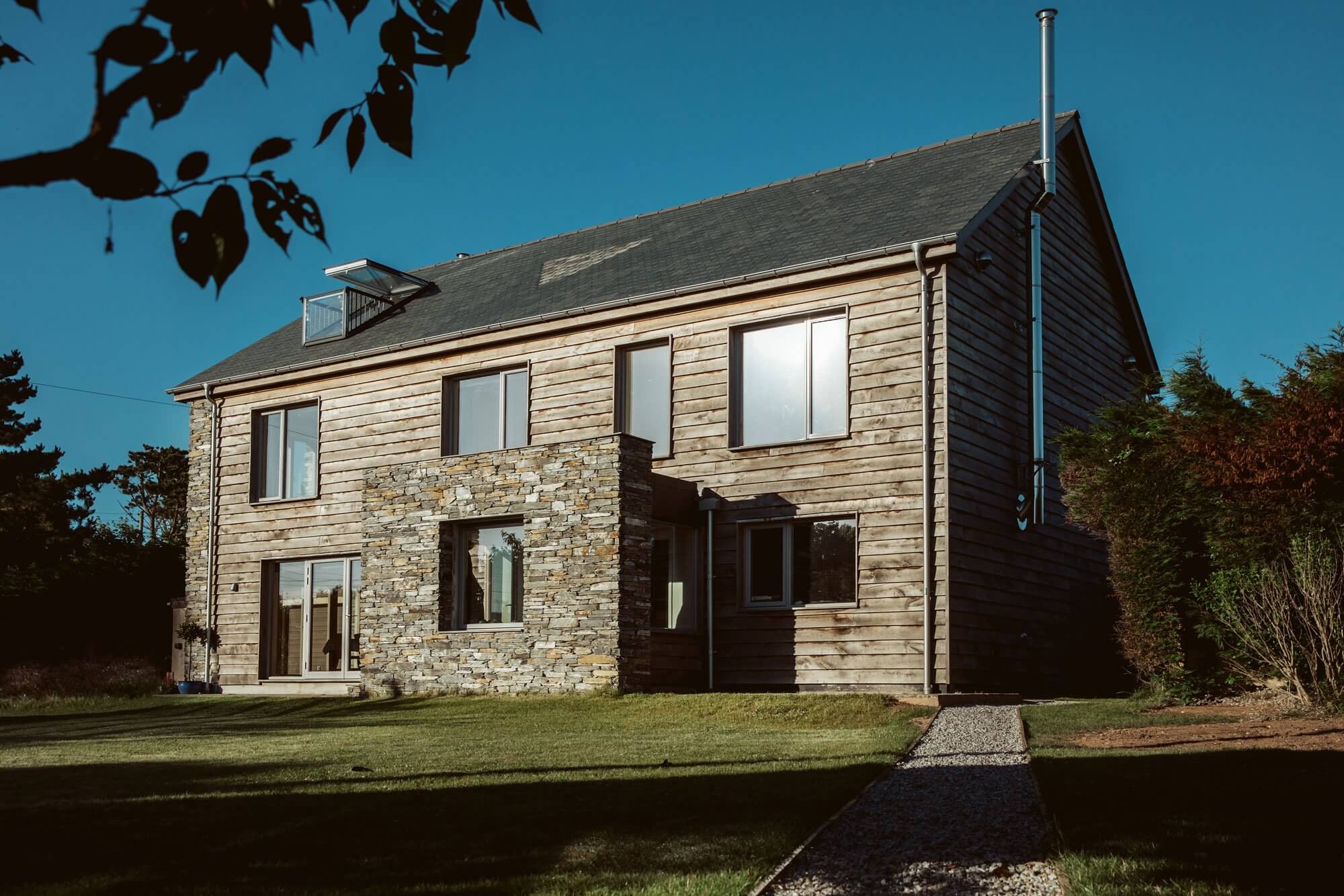
 Login/register to save Article for later
Login/register to save Article for later



